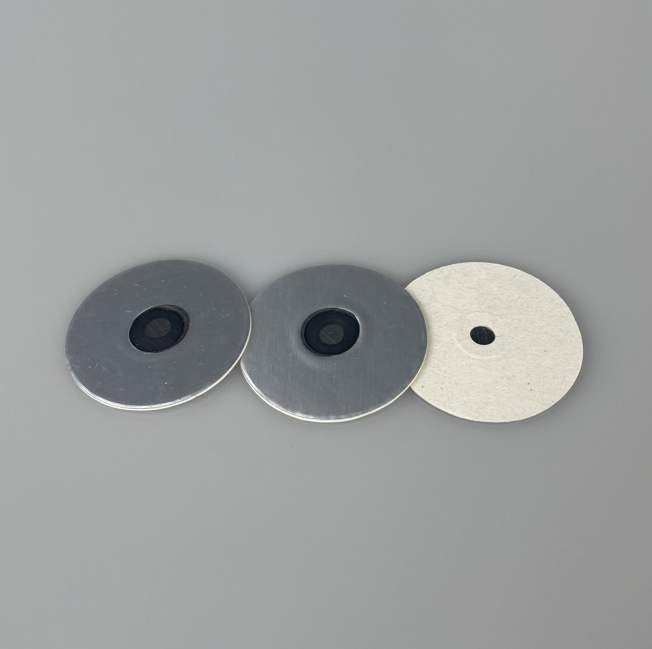Versatile Container Compatibility and Applications
The remarkable adaptability of vent induction foil across diverse container materials, sizes, and industry applications demonstrates its value as a universal sealing solution that can address multiple packaging challenges within single manufacturing facilities or across diverse product portfolios. This versatility stems from carefully engineered adhesive formulations that create strong bonds with glass, various plastics including polyethylene, polypropylene, PET, and PVC, as well as metal containers ranging from aluminum to tinplate surfaces. Each adhesive system is optimized to accommodate the thermal expansion characteristics, surface energies, and chemical properties of specific container materials, ensuring reliable sealing performance regardless of substrate variations. The foil's flexibility allows it to conform to container rim irregularities, thread patterns, and surface imperfections that might compromise other sealing methods, creating complete contact that eliminates potential leak paths. Size versatility ranges from small pharmaceutical vials with diameters as small as 13mm to large industrial containers exceeding 200mm, with custom sizes available for specialized applications that fall outside standard ranges. Industry applications span pharmaceutical packaging where regulatory compliance and product protection are critical, food and beverage applications requiring extended shelf life and freshness preservation, cosmetic and personal care products needing tamper evidence and contamination protection, chemical products requiring resistance to aggressive compounds, and specialty applications such as diagnostic reagents, laboratory chemicals, and industrial lubricants. The pharmaceutical industry particularly benefits from the foil's ability to provide validated barrier properties that protect sensitive active ingredients from moisture, oxygen, and light while providing clear tamper evidence that meets stringent regulatory requirements. Food applications leverage the foil's ability to maintain product freshness by preventing oxidation and moisture migration while providing consumers with confidence in product integrity through visible tamper evidence. Cosmetic applications utilize the premium appearance and reliable sealing properties to enhance brand image while protecting formulations from contamination and degradation. Chemical applications rely on the foil's resistance to aggressive compounds and its ability to prevent volatile organic compound emissions that could pose safety or environmental concerns. The manufacturing efficiency gained through single-solution compatibility across multiple product lines eliminates the complexity and cost associated with maintaining separate sealing systems for different applications, while standardized equipment and operator training reduce overall operational complexity and improve quality consistency across diverse production requirements.


